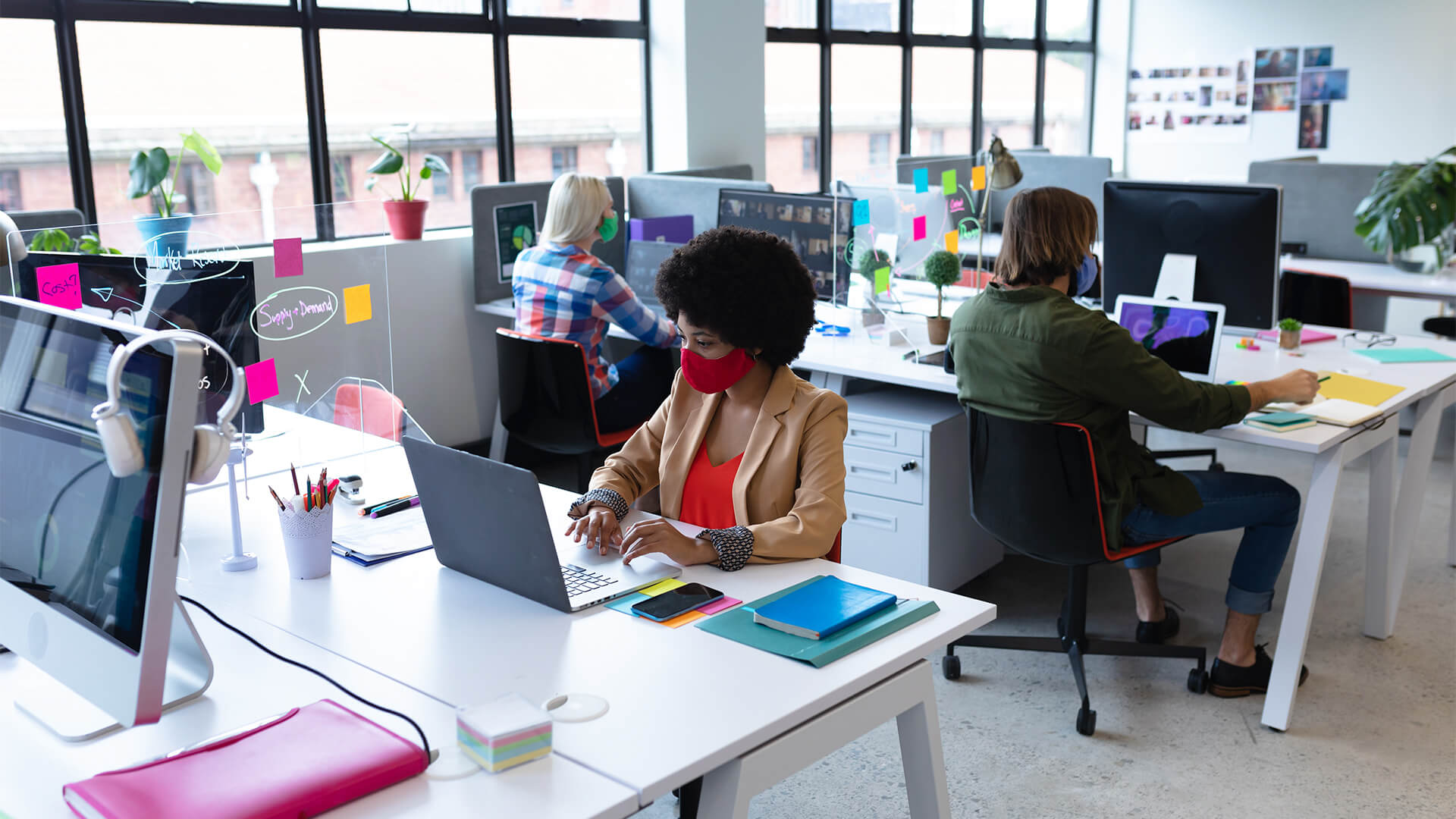When you’re returning to the workplace after a lengthy spell of absence, then it’s important to make sure that you’re not going to exacerbate any existing problems or create new ones that might jeopardise your personal safety, or that of others. As we come out of the coronavirus pandemic, this is a particular concern – but it’s one that those returning to work after suffering an injury might also have to grapple with.
What are your employer’s responsibilities?
Your workplace is required to provide a safe working environment, and to take regular risk assessments under the Management of Health and Safety at Work Regulations 1999. You might find relevant provisions under other pieces of legislation, which variously cover the equipment you’re required to use, the reporting of injuries, and the amount of time that we work in any given shift.
Particularly relevant in the wake of Covid-19 is The Personal Protective Equipment at Work Regulations 1992, whose main provisions require that employers not only provide PPE wherever it’s necessary, but also provide instruction on how to use that PPE safely.
You can read a fairly comprehensive guide to the law here. If you feel that your employer hasn’t made adequate provisions, then you might consider launching a no-win, no-fee claim against them.
What support might you benefit from?
If you’ve been away from work for a long time, then you might be apprehensive about making a return. This is especially important if a workplace accident has been the cause of your absence. Returning to the scene might provoke feelings of stress and insecurity, and a little bit of patience and support might make all the difference.
Employers should be as transparent about the process as possible. The more that the employee knows about the process and what’s expected of them, the less stressed they will be by uncertainty. This requires two-way communication between both parties, so that potential hiccups can be identified. A little bit of flexibility might also be required, so that the return to work can be stretched over a longer period of time.
Working environment
Your working environment, as we’ve mentioned, should be safe. This doesn’t just mean that trailing cables and slippery surfaces should be dealt with: it also means thinking about ergonomics. Making sure that you have a comfortable chair that’s adjusted to the right height is critical if you’re to avoid postural problems in the long term. The same applies to your monitor – if it’s too low, then you risk suffering neck pain.
Similar concerns might apply to the lighting in your workplace, or to the demands of a physically intensive job, which might require that heavy objects be lifted. Bear in mind that you’ll need to look after yourself outside of work, too – no chair, no matter how comfortable and supportive, is going to do the job of regular core-strengthening and mobility exercise.

















